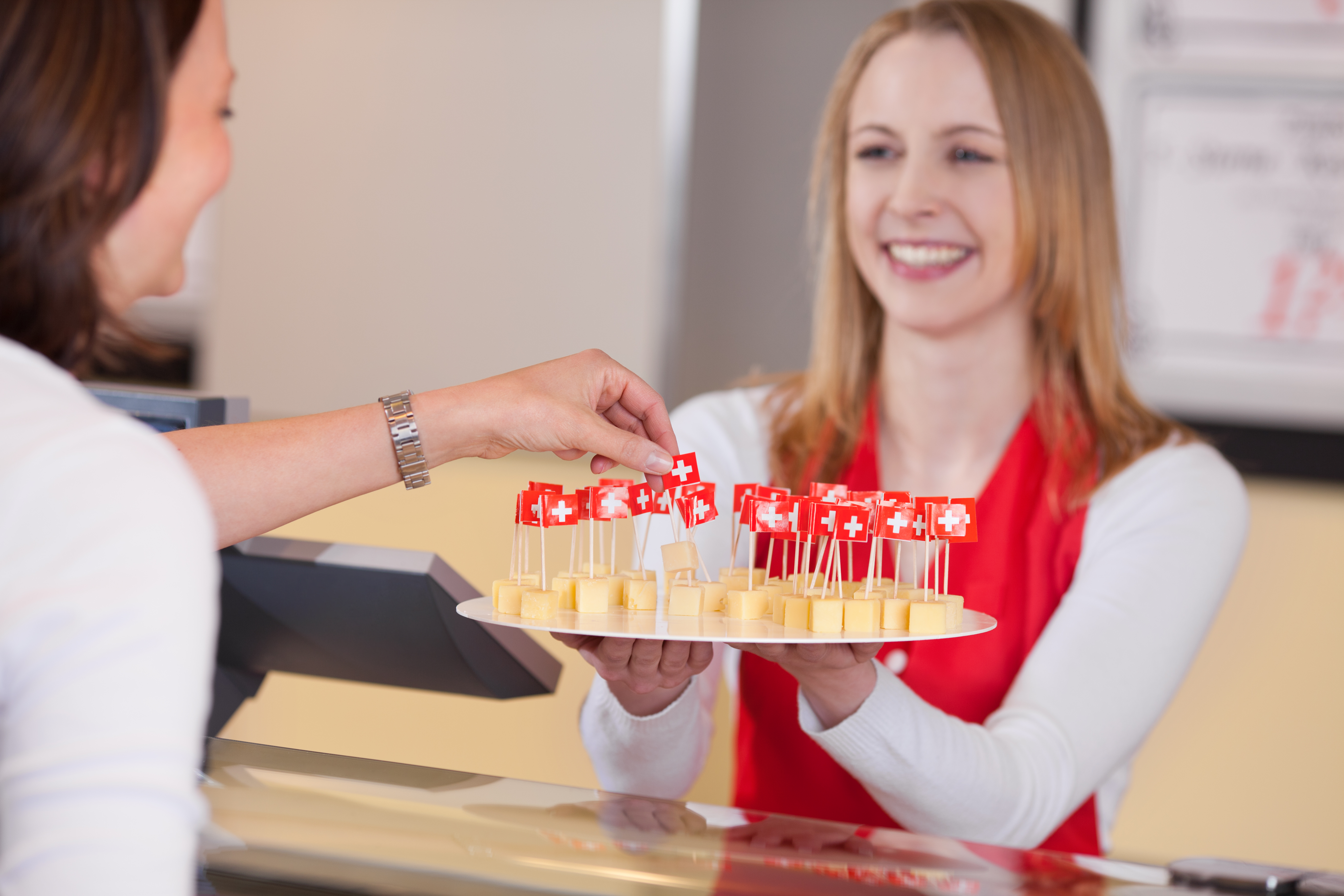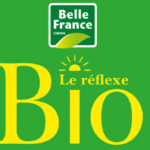How do you host a tasting in a supermarket?

Organizing a tasting event in a supermarket is an excellent way to promote new products, boost sales, and enhance the shopping experience for customers. Here is how to organize a tasting event in your store:
1. CHOOSE THE PRODUCT
Choosing the right product for a tasting is essential. It’s crucial to understand your customers, their tastes, and their buying habits. Generally, products that are unique, innovative, or simply delicious are good candidates for a tasting. This could be a new exclusive Belle France product or a very exotic fruit.
When it comes to promoting a new product, tasting allows customers to discover it without having to commit to buying it. It’s an opportunity for them to taste something new, and if they like it, they are more likely to add the product to their shopping cart.
For seasonal products, a tasting can help underline their freshness and quality. For instance, in summer, a fruit tasting like cherries, peaches, or apricots can be very appealing to customers. In autumn, tastings of apple-based or squash products can be popular.
If you’re simply looking to boost sales of a particular product, a tasting can be an excellent way to draw attention to this product. Customers may not have noticed it before, or they may have been hesitant to try it. By tasting the product, they can be convinced of its taste and quality, which may prompt them to buy it.
In any case, it’s important to choose products that are representative of what your store has to offer. Tastings can be an opportunity to encourage customers to explore different sections of the store and discover new products they might not have considered trying before.
2. PLAN THE TASTING
Choose a date and time for the tasting. Peak hours, like weekends or evenings after work, are usually the most effective. Make sure you have enough staff to handle the tasting and to answer customer questions.
3. PREPARATION
Prepare the product to be tasted following appropriate sanitary guidelines. This could involve washing fruits, cutting vegetables, or preparing samples of processed products.
4. SET UP
Setting up the tasting stand is a crucial element of preparation. It’s not just a place where customers can taste the product, but it’s also a platform to showcase the product and provide relevant information.
The stand should be strategically positioned. Ideally, it should be near the aisle where the product is usually sold so that customers can easily add it to their cart after tasting it. Make sure the stand is clearly visible from several angles and that it does not obstruct main aisles.

The visual presentation of the stand is also important. It should be clean, attractive, and well-organized. The colors and design of the stand should align with the product’s packaging or brand theme, to reinforce product identification.
On the stand, there should be clear and readable information about the product. This can include details about its origin, nutritional characteristics, price, and any other relevant information. For example, if the product is local, organic, gluten-free, or has won awards, these are all information that might interest customers.
5. HOSTING THE TASTING
Hosting a tasting plays a crucial role in its success. A competent and enthusiastic host can not only draw attention to the stand but also encourage customers to try the product and potentially buy it.
Firstly, the host should be able to actively engage customers. This could involve greeting them as they pass by the stand, offering them a sample, or even asking them questions to pique their interest. The host must also be able to capture customers’ attention with their energy and enthusiasm, while remaining professional and courteous.
Secondly, the host must know the product thoroughly. They must be able to talk about its origin, features, benefits, and preparation. For example, if the product is an exotic fruit, the host could explain where it comes from, how it’s grown, its nutritional values, how to choose and prepare it, etc. This product knowledge not only helps inform customers but also gives them confidence in the product’s quality.
Thirdly, the host must be able to explain why customers should try the product. This could involve talking about the product’s benefits, such as its unique flavor, health benefits, or easy preparation. The host can also use persuasive techniques, like highlighting a special promotion, a limited opportunity to try the product, or the fact that the product is particularly popular or trendy.
Finally, the host must be prepared to answer customers’ questions. This requires not only a deep knowledge of the product but also a good understanding of the store’s policies and the regulations in place.
To prepare the host for these tasks, prior training is necessary. This training should cover the product’s specific details, as well as general customer service and sales skills.
6. FOLLOW-UP OF THE TASTING
After the tasting, do a follow-up to evaluate its success. This could involve counting the number of samples distributed, measuring the increase in product sales, or collecting customer feedback. Use this information to improve your future tastings.
In summary, a well-organized and well-hosted tasting can be a great way to increase product visibility and sales, while offering an enjoyable and informative experience to customers.




